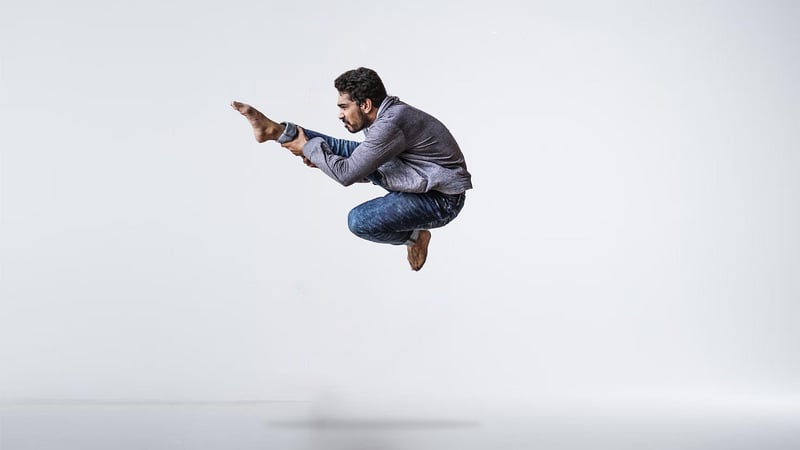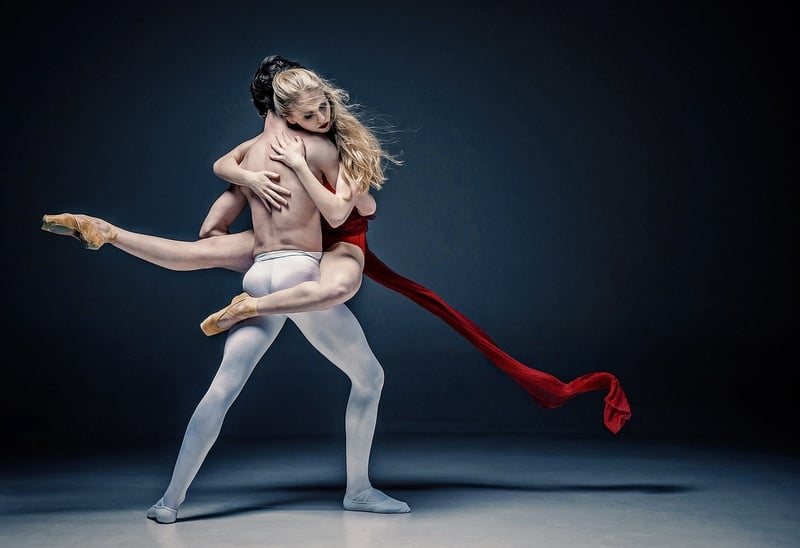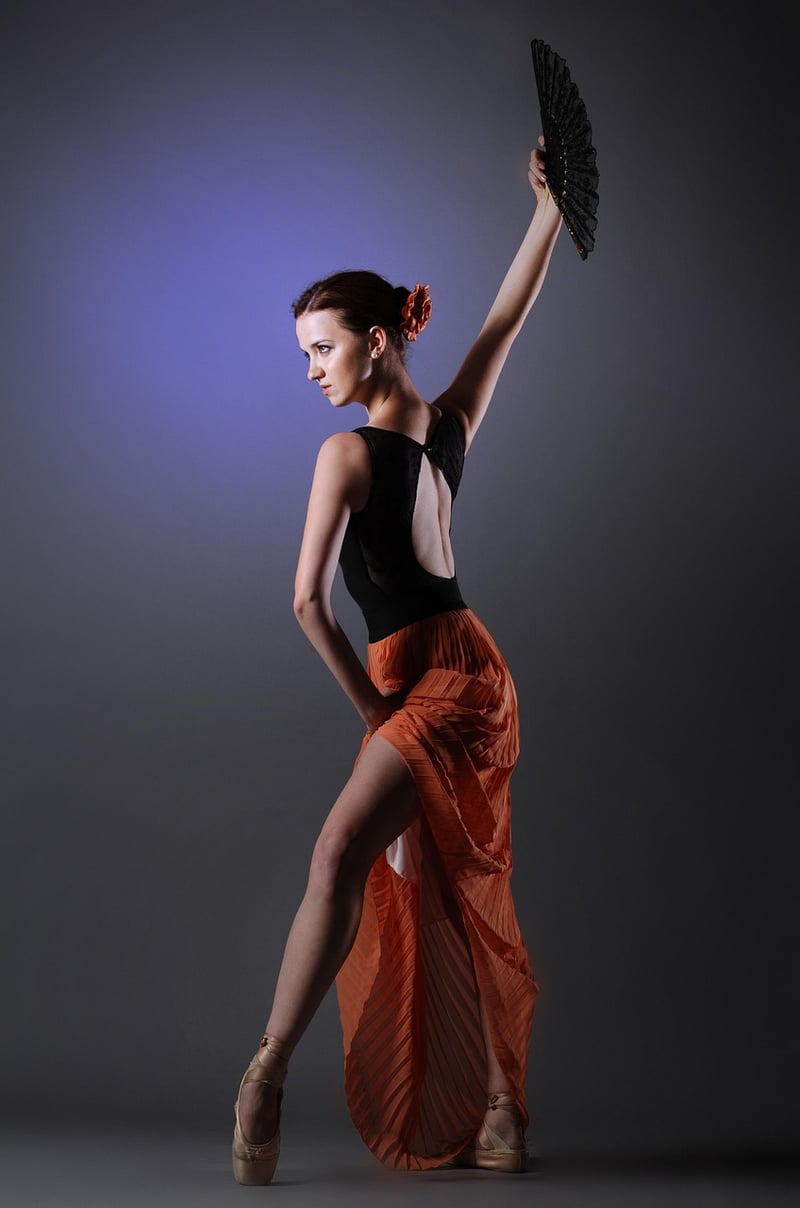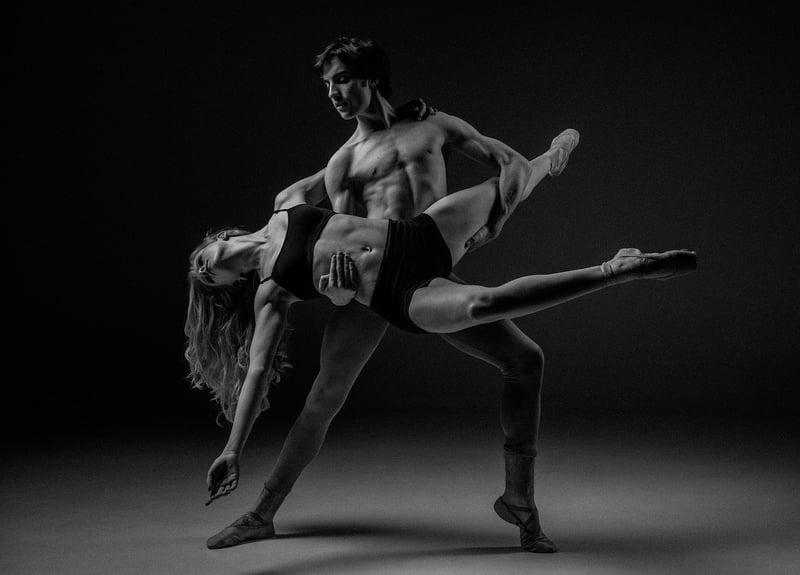Contemporary
Exploring Expressive Movement Forms in Contemporary Dance
Contemporary dance is a dynamic and diverse art form that allows dancers to express themselves through a wide range of movement styles. One of the key elements of contemporary dance is the use of expressive movement forms, which enable dancers to convey emotions, themes, and narratives through their physicality. In this article, we will explore some of the expressive movement forms commonly seen in contemporary dance and how they contribute to the richness and depth of this modern art form.
1. Improvisation
Improvisation plays a significant role in contemporary dance, allowing dancers to explore movement spontaneously and authentically. Through improvisation, dancers can tap into their creativity, emotions, and physicality in real-time, creating unique and personal movement sequences that reflect their inner experiences.

2. Release Technique
The release technique is a popular movement form in contemporary dance that focuses on letting go of tension in the body to achieve fluidity and freedom of movement. Dancers use breath, weight, and momentum to explore a sense of release and surrender, allowing their movements to flow naturally and organically.

3. Floorwork
Floorwork is a fundamental component of contemporary dance that involves dancers exploring movement on the floor. By connecting with the ground, dancers can create dynamic and grounded movement sequences that challenge traditional notions of dance vocabulary and spatial orientation.

4. Contact Improvisation
Contact improvisation is a collaborative movement form in contemporary dance that involves two or more dancers engaging in physical contact to explore weight-sharing, momentum, and trust. Through contact improvisation, dancers can develop a deep sense of connection and communication through their bodies, creating spontaneous and interactive movement dialogues.

Exploring expressive movement forms in contemporary dance opens up a world of creative possibilities for dancers to connect with themselves, their fellow dancers, and their audience on a profound emotional and physical level. By embracing these diverse movement styles, contemporary dancers can continue to push boundaries, break conventions, and innovate within the ever-evolving landscape of dance artistry.
Whether you are a seasoned dancer or a newcomer to the world of contemporary dance, incorporating expressive movement forms into your practice can help you discover new ways of moving, feeling, and expressing yourself through the transformative power of dance.
